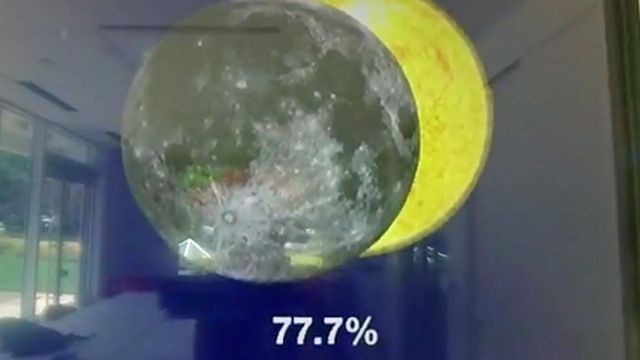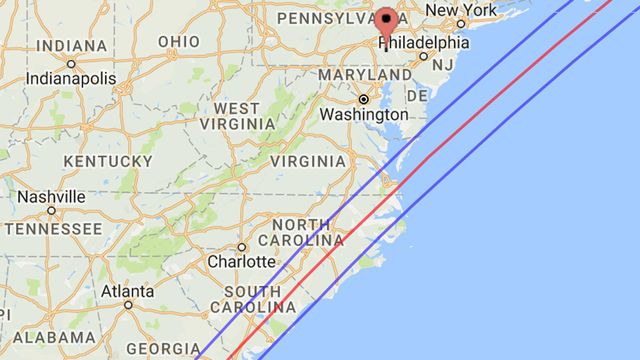Solar eclipses are rare; here are a few worth noting
The total solar eclipse sweeping across the continental United States is a rare sight, but how rare?
Posted — UpdatedIf you think you’ve seen a total solar eclipse previously, and it didn't involve getting on a plane or living somewhere else in the world, you probably didn't.
Total solar eclipses occur somewhere on Earth roughly every 18 months. But with 71 percent of the Earth’s surface covered in water, far more fish than humans have experienced an eclipse. Only about 1 in 50,000 people have ever experienced a total solar eclipse.
Central and eastern North Carolina has witnessed a number of partial solar eclipses, but even those weren't great. Partial eclipses in Oct. 2014 and Dec. 2001 were interrupted by sunset. In Nov. 2013, the partial solar eclipse was already underway at sunrise.
You may remember the partial solar eclipse in 2000, which occurred on Christmas Day, high in a clear sky.
Looking back into history, a few solar eclipses stand out. Homer wrote of the eclipse of 1178 BCE in his epic poem the Odyssey. A comet was discovered in the darkness of the eclipse of 418. The eclipse of 1133 is known as King Henry’s Eclipse because some believed it foretold the death of the English king.
The eclipse of 1836 brought the first description of brief beads of light streaming through valleys along the edge of the moon moments before totality by Francis Baily. Eclipse observers eagerly await this phenomenon today.
Einstein’s theory was put to the test by Arthur Eddington during the eclipse of 1919. A team of researchers along the path in South America and Africa confirmed the bending of starlight by gravity as predicted by the general theory of relativity.
In 1973, researchers talked the makers of the Concorde supersonic transport into flying the jet at along the eclipse path to enable more detailed studies.
Looking ahead, another total solar eclipse will be along in 2024, but the path of totality is well west of the Appalachian Mountains. Here in Raleigh we’ll only see about 78 percent of the sun’s surface covered.
Younger generations have May 11, 2078, to look forward to where the path of totality stretches from Charlotte to Roanoke Rapids and just north of Sunset Beach to Corolla with the entire Triangle, Sandhills and all of the Outer Banks north of Cape Lookout.
Related Topics
• Credits
Copyright 2024 by Capitol Broadcasting Company. All rights reserved. This material may not be published, broadcast, rewritten or redistributed.






